Africa’s rich history is often told through stories of kingdoms, trade routes, and vibrant cultures. One fascinating but overlooked aspect is the role of ancient African coins. These coins not only served as currency but also connected continents and helped spread ideas, goods, and culture. Let’s explore some forgotten African coinages that had a surprising global impact.
From the powerful Axum Empire to the thriving city-states of Carthage and the Swahili coast, coinage played a vital role in international trade. These coins were more than just money; they were symbols of influence, trust, and cultural exchange. Understanding these coins helps us appreciate Africa’s important place in global history.
Axumite Coins: Africa’s First Gold Currency
The Axum Empire, located in present-day Ethiopia and Eritrea, was one of Africa’s greatest ancient civilizations. From the 3rd to the 7th century AD, Axum minted some of the earliest gold coins in Africa. These coins featured inscriptions in Greek and Ge’ez, reflecting the empire’s diverse culture and vast trading network.
Axumite coins were widely recognized and accepted across the Red Sea and into the Roman Empire. This acceptance helped Axum become a trading powerhouse, connecting Africa with Europe and Asia. The gold coins’ high purity and consistent weight inspired trust, encouraging merchants from distant lands to trade in Axum.
Carthaginian Coins: Masters of Mediterranean Trade
Carthage, located in modern Tunisia, was a major Mediterranean power before Rome’s rise. Carthaginian coins, mostly silver and bronze, circulated widely across the Mediterranean basin. These coins played a key role in facilitating trade between Africa, Europe, and the Near East around 5th century BC to 2nd century BC.
The Carthaginians were expert sailors and traders who controlled important trade routes. Their coins helped standardize transactions with other great civilizations like the Greeks and Romans. Carthaginian coins often featured symbols such as the horse or the goddess Tanit, revealing their cultural and religious identity.
Swahili Coast Coins: Linking Africa to the Indian Ocean World
The Swahili coast, stretching along modern Kenya, Tanzania, and Mozambique, was a melting pot of African, Arab, Persian, and Indian cultures. From the 10th century onwards, Swahili city-states like Kilwa and Mombasa used distinctive coins made of silver and copper to support their booming trade economy.
These coins were crucial in trading gold, ivory, and spices with merchants from Arabia, India, and beyond. The coins often had Arabic inscriptions, showing the Islamic influence on the Swahili coast. By using local coinage alongside foreign currencies, the Swahili coast became a vibrant hub for cultural and economic exchange in the Indian Ocean.
Why These African Coins Matter Today
These ancient African coins are not just relics; they remind us that Africa was actively connected to the world long before modern globalization. Each coin tells a story of trade, diplomacy, and cultural mixing that shaped history far beyond the continent.
Learning about these coins encourages us to view Africa’s past with respect and curiosity. For younger readers, it shows how economics, culture, and history are linked, inspiring a deeper interest in world history and the role Africa played in it.
Conclusion: Rediscovering Africa’s Monetary Heritage
From the gold coins of Axum to the silver pieces of Carthage and the copper currency of the Swahili coast, these forgotten African coins highlight the continent’s impact on global trade and culture. Their influence extended to Europe, the Middle East, and Asia, proving Africa’s importance in early world commerce.
Today, remembering and studying these coins helps shine a light on Africa’s rich legacy. It encourages us to appreciate diverse histories and reconnect with a past that continues to influence our world in surprising ways.

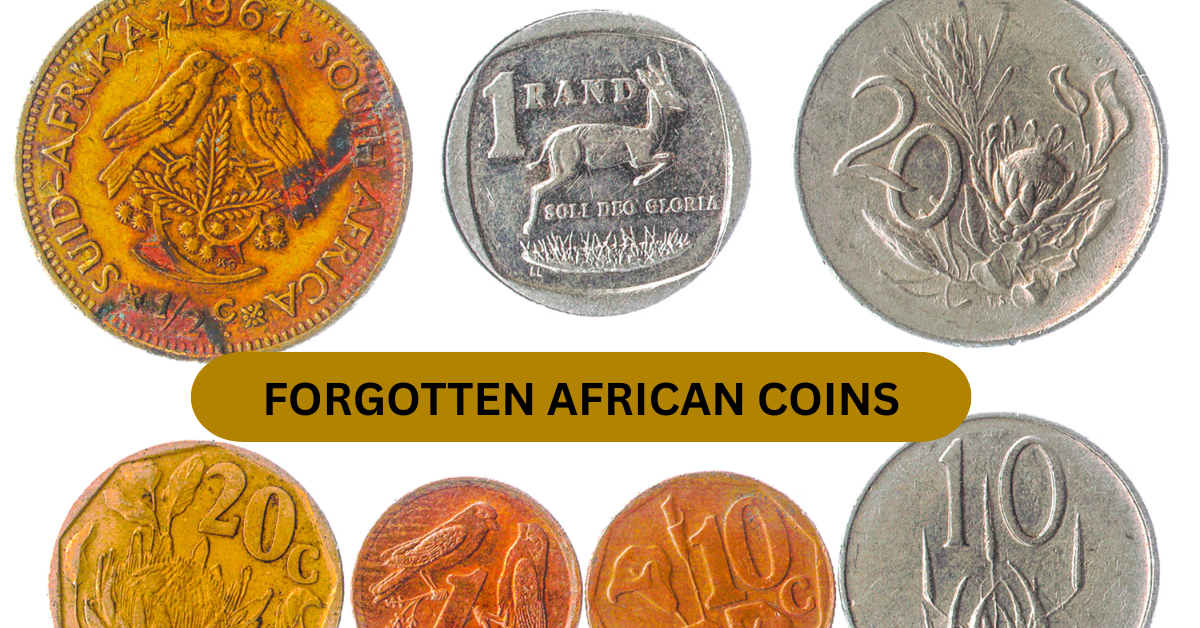
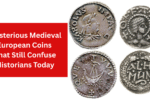
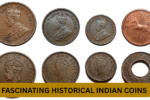

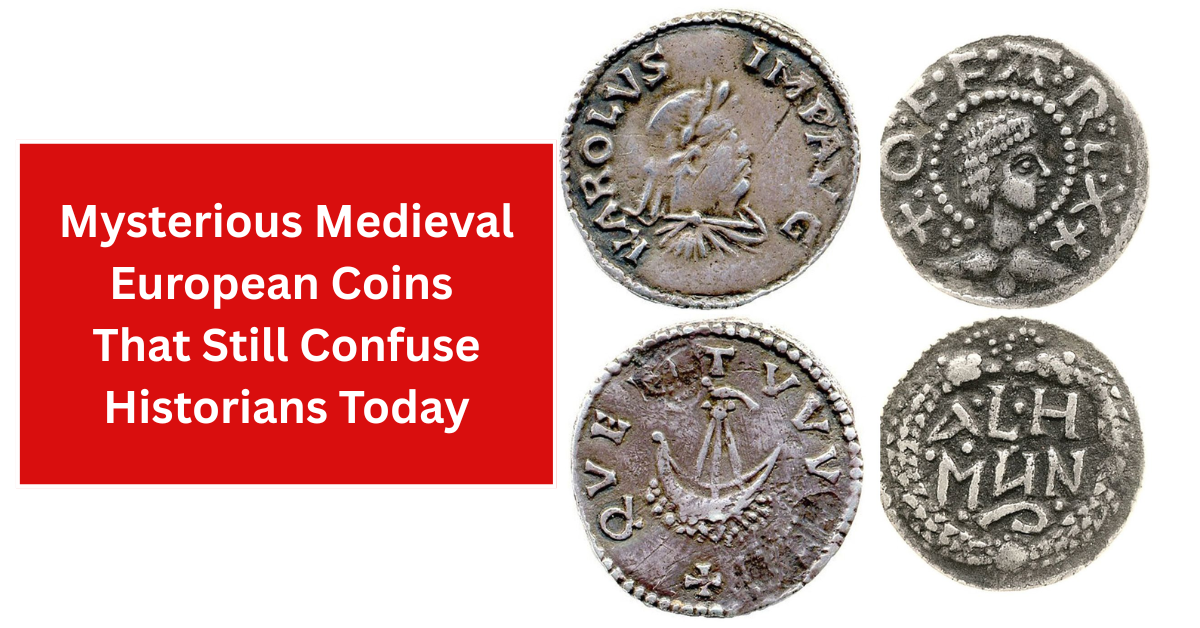
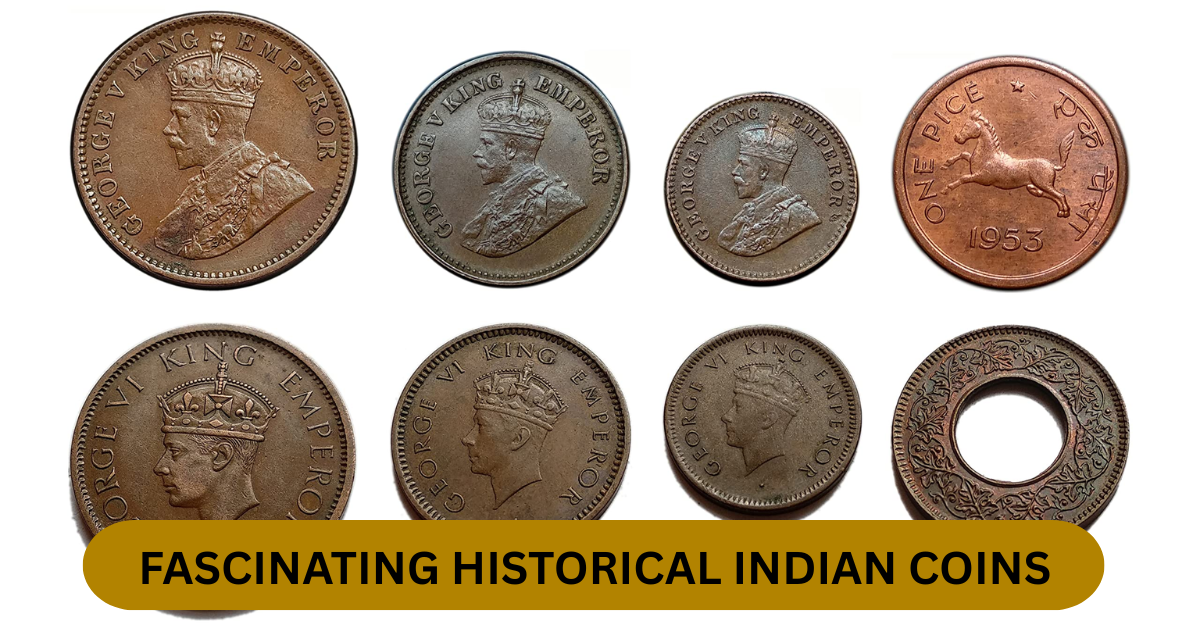
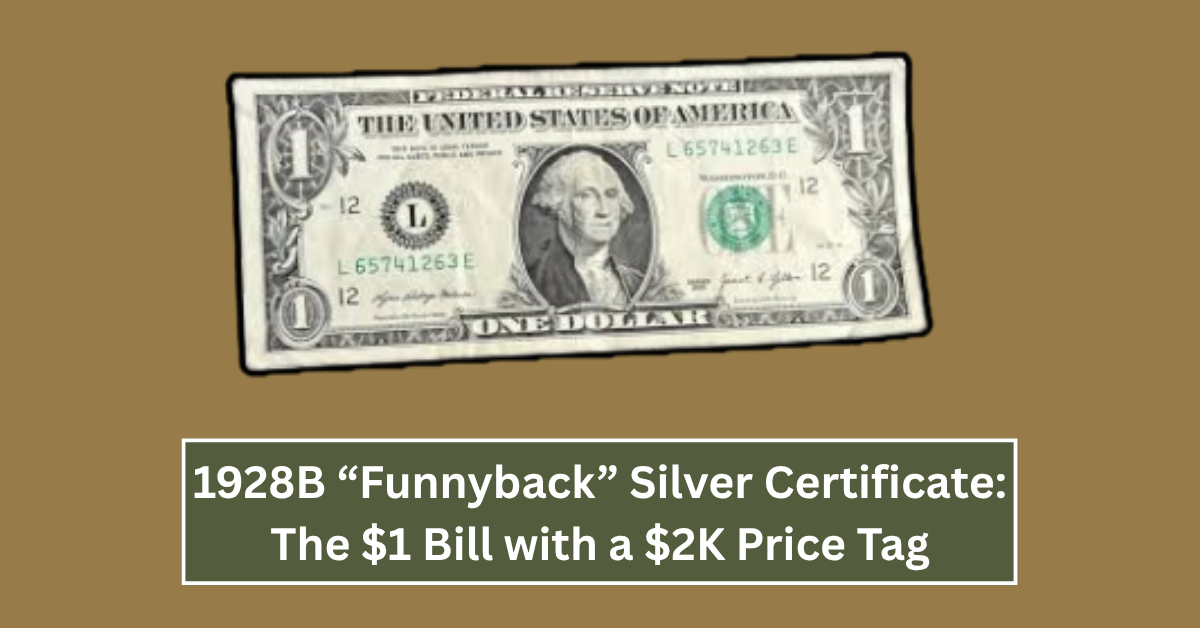
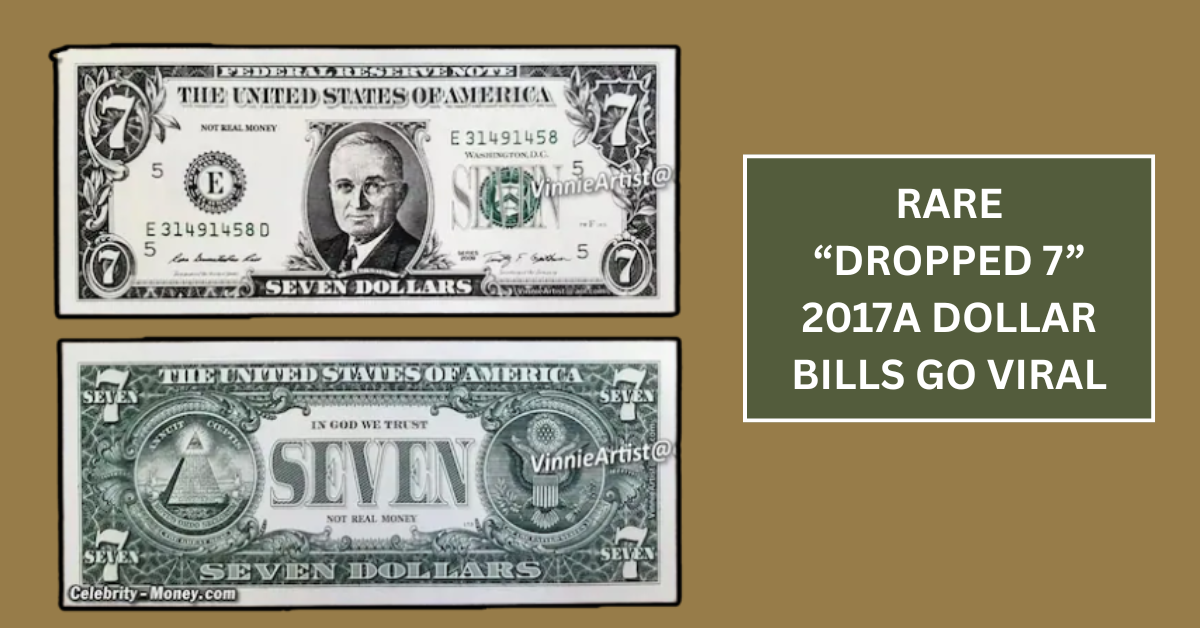
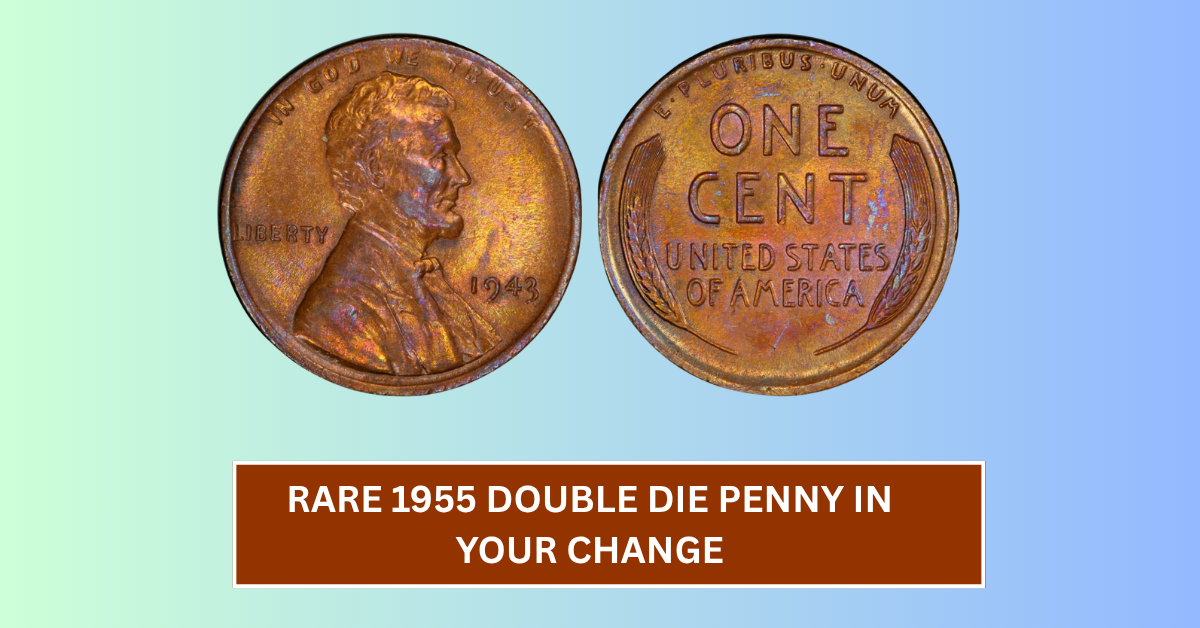
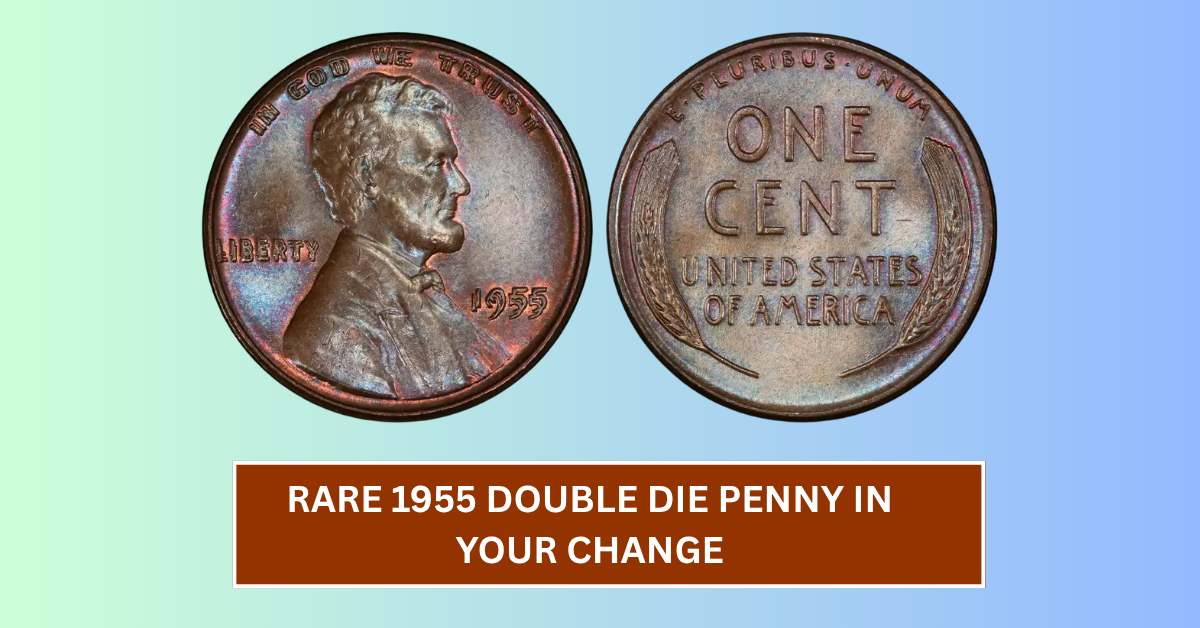
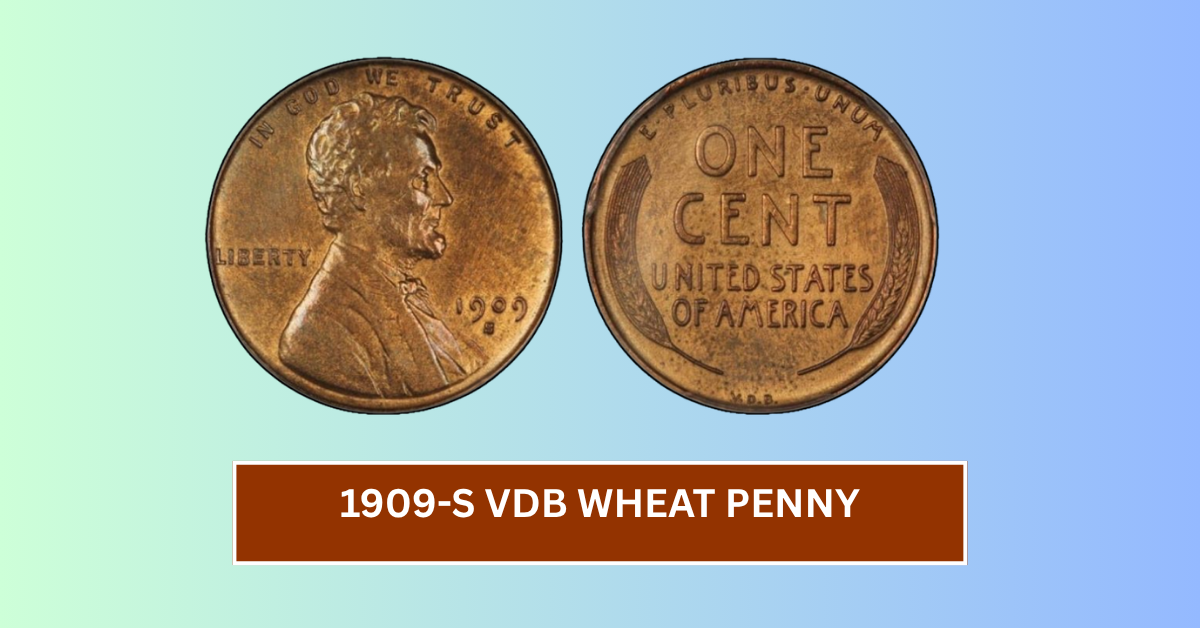
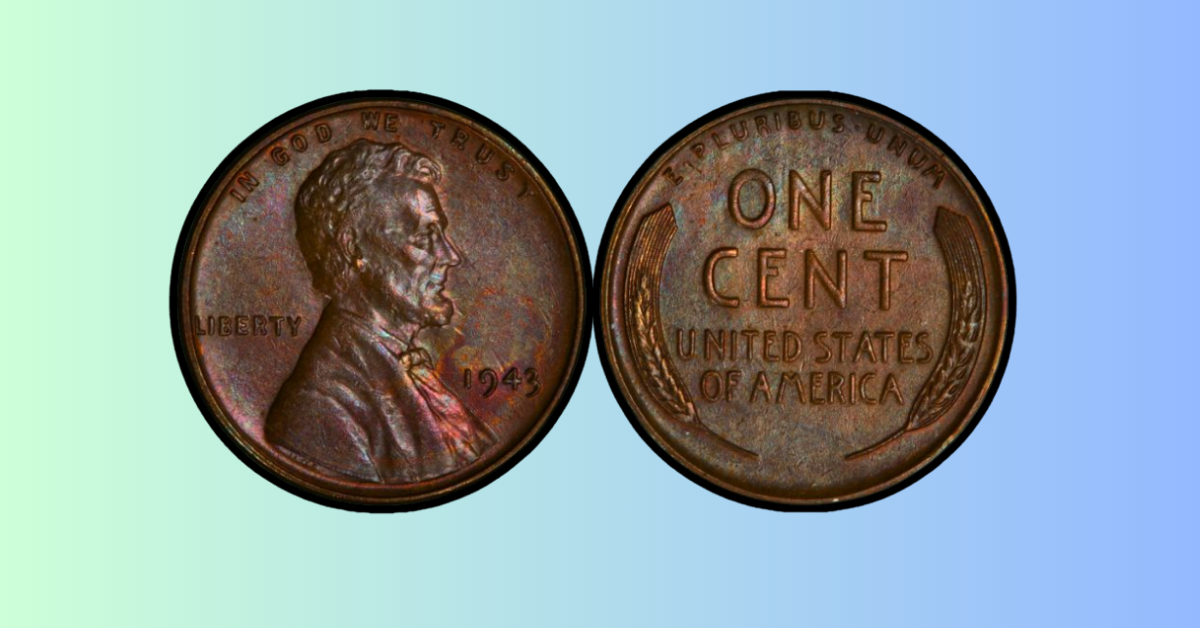
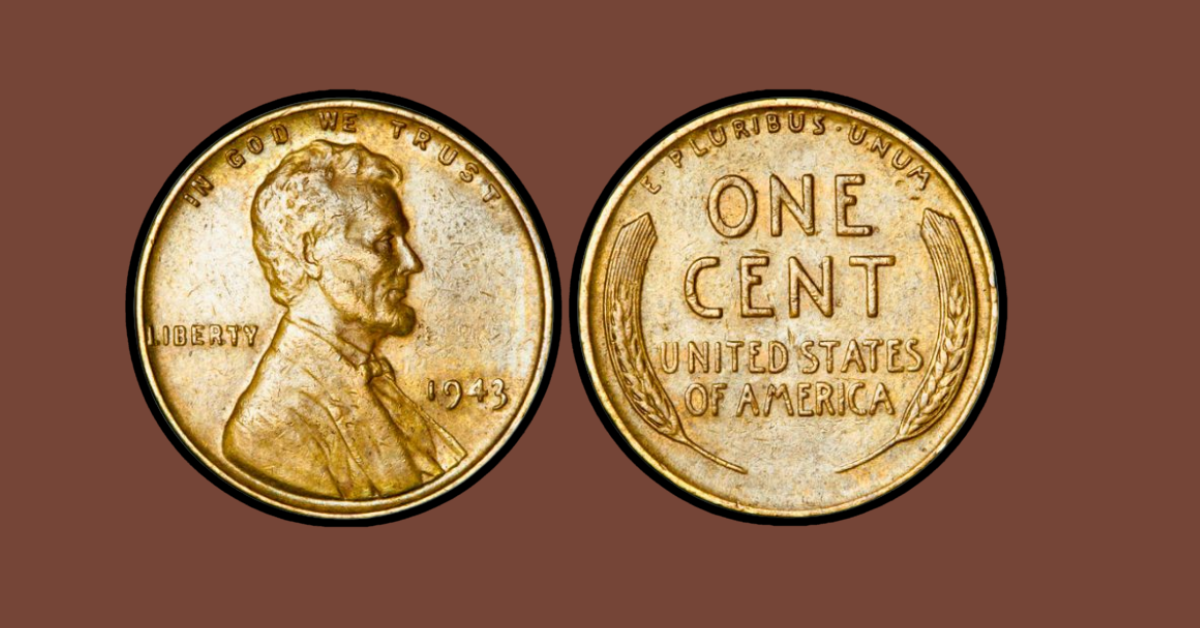
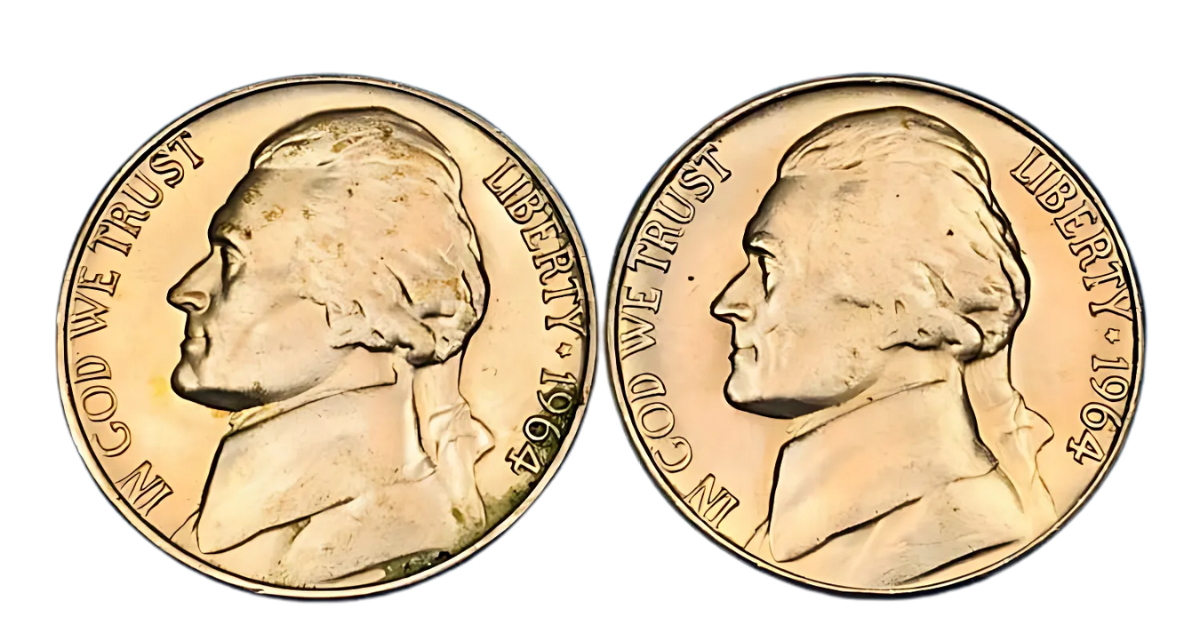




Leave a Reply